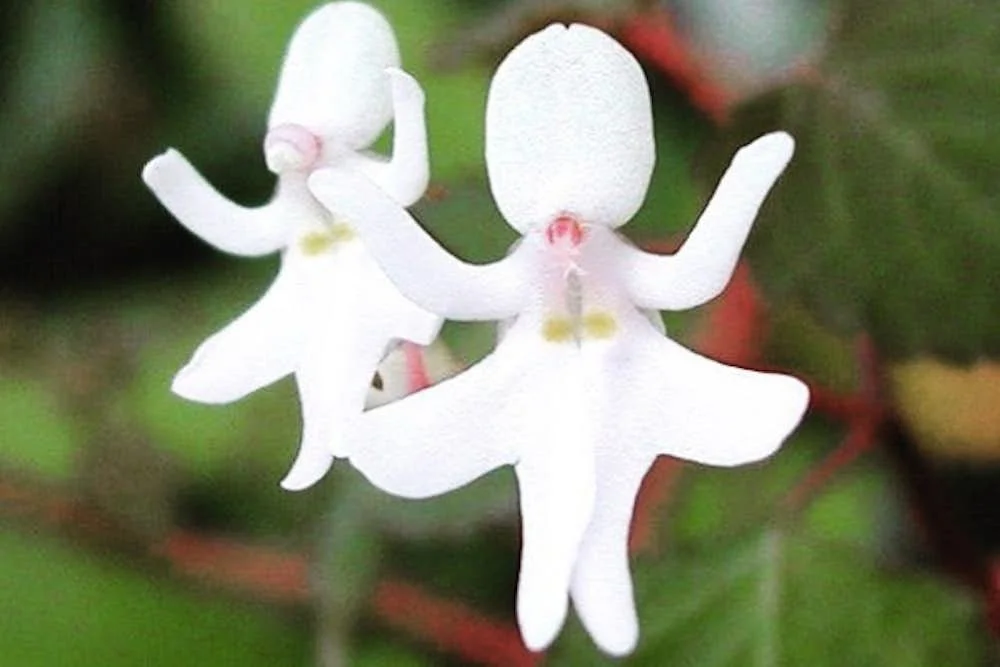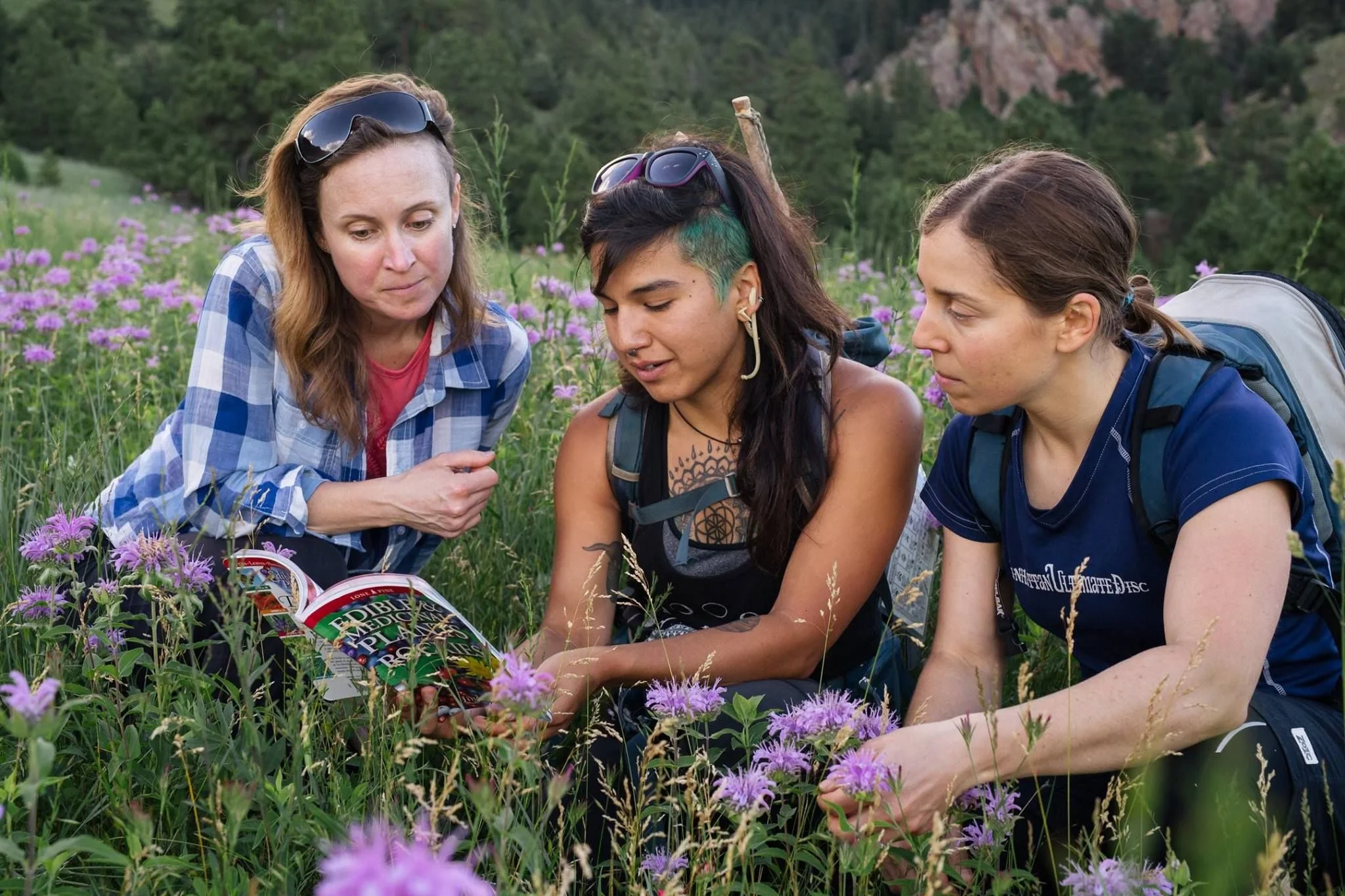Queering Our Sustainable Future
Though lawmakers, pundits, and detractors fear it, queerness is ubiquitous and undeniable (ahem, we are here & we are queer). Society has worked hard to apply binary and heteronormative theory to our natural world, but nature is gay asf, baddies. Biologists, ecologists, and environmental activists are uncovering examples of queerness in nature. We see queerness in animal communities, plant systems, and through the perseverance of our wild and natural world. By applying a queer lens to sustainability, we can create pathways to a more eco-just future for all.
Why is the earth so gay?
We were taught about our planet through a single dogma: the Earth is static and man is a dominant species that exists to conquer the Earth’s resources. However, this model excludes the aspects of our ecosystem that exist outside of this dogma. Operating under the patriarchal assumption that reduces our planet to a bed of resources to possess has led to harmful land practices for generations. But we can reject this colonial narrative.
We can queer our understanding of nature by admiring animal communities that exist outside of heteronormative structures. We will never forget when Leslie Knope accidentally married two male penguins and became a gay icon on Parks and Recreation. Leslie was onto something. Gay penguins do exist, and so do gay giraffes, lizards, dolphins, foxes, and so many more. While many species can copulate with animals of the same sex, animals don’t only display homosexuality through mating behaviors; many create long-term partnerships with other sexes. These identities are essential to many species' social organization and survival.
We see binaries break down even further in species like clownfish, an animal that can transition from male to female to create offspring. Additionally, chimera butterflies, lobsters, and cardinals all display asymmetric coloring, illustrating a natural non-binary identity. In all their creative and colorful expressions, these animals prove that our natural world exists outside of a binary (slay).
What is queer ecology?
Queer ecology is a way of examining the planet through a lens of gender and sexuality, furthering the idea that queerness is natural, and argues that binary, heteronormative, and patriarchal views on our planet and climate cause more harm than good. Rooted in indigenous ideas, queer ecology is derived from ideas of ecofeminism, originated in academia by the scholar Vandana Shiva. The term itself only recently made its way into the mainstream. In simple terms, ecofeminism is the belief that the root cause of our current climate crisis is gender inequality. Queer ecology builds on ecofeminism by looking at the root cause of the climate crisis outside of binaries.
Queer ecology was first written about by Catriona Sandilands, Professor of Art and Environmental Justice at York University. Originally, Sandilands used queer ecology to ask why, in Western theory, queerness was at odds with nature while we held straightness as aligned with nature. Queer ecology is a tool to help understand our natural world better and to seek more fluid and diverse methods for climate action. Queer theorists argue that not only is queerness natural, but we are living on a very gay planet, and queerness is all around us (slay). Through the application of queer ecology, we queer* our understanding of our planet, find answers to some of our largest climate questions, and reach sustainable eco-solutions.
*We use queer as a verb in this context to mean reimagining or re-interpreting conventional ideas and actions through a fluid and subversive lens “that rejects both the normal and norms as a matter of principle, particularly but not entirely limited to matters of sex, gender, and sexuality.”
How can we apply queerness to sustainability?
As susty baddies, we can implement queer ecology in our sustainable eco-practices. We can queer our everyday interactions with nature by rejecting the idea of a binary environment, approaching our food systems with queerness in mind, replacing harmful heteronormative familial ideas with new definitions of community, and embracing our roots in nature.
We must first expand the definition of “Mother” Earth. Within patriarchy, the feminized Mother is confined to a domestic role and controlled by a male partner. But when we queer the binary, Mother can simply mean “caretaker and protector.” Outside of a patriarchal framework, the Mother arguably holds more agency.
Next, we can examine how we live within heteronormativity. Many remember their first time playing house or dreaming of a wedding. Some of us scoffed at these ideas from a young age, but others (no shame) found comfort and certainty within these norms of heterosexuality. However, queer ways of living have already disrupted the single-family unit concept in the US, illustrating less wasteful, more eco-friendly ways of existing. Queer people have created chosen families for years to survive. While some may reflect roles similar to heteronormative expectations (i.e. a house Mother), others have taken on completely new imaginations. Queering domesticity uproots values of the white picket fence (lawns are incredibly bad for the environment) and promotes a life where space is shared more freely, like in cohousing models; resources are communal; and hierarchy is dismantled.
Our food systems can also benefit from queer ecology. Queer farming is a method of slow agriculture where farmers work in unison against hierarchy. The practice is gaining popularity countrywide, from Iowa to San Francisco to Seattle. Other examples of queering our agricultural system include applying regenerative and circular methods of agriculture—seeing every plant, animal, crop, and resource as essential to the entire system instead of keeping elements separated. Focusing on directly feeding communities, building safe spaces for all who work and live on these farms, and creating non-hierarchical economic systems set these farms apart from the mainstream. Most of us do not live or work on a queer farm, but we can queer our food systems by buying locally from queer farms.
We can further honor queer agriculture by feeding and nourishing our communities within queerness. Queer folks have taught us for years to live in community by caring for one another. Co-creating our familial structures, sharing resources, and caring for one another—especially around food—is caring for our planet. We can cook for each other using local ingredients or share existing culinary resources. When you call your friends together to share a meal on your roof using ingredients from your garden, leftovers from your best friend’s restaurant job, and food you found in the community fridge, you are using what is available to you without asking our planet for more. We sustain one another. That is queerness.
Finally, we must accept ourselves as natural. Ultimately, we have all struggled to fit comfortably within our identities, especially when our identities are at odds with the status quo. We are all nature too. Our queerness is simply a reminder that something normative needs to be reimagined.
Queer ecology for liberation
Queer ecology reminds us that we are capable of living within an unrealized image. We will continue to grow through our restrictions, spreading our seeds and creating homes brimming with love, to construct a newly realized reality. One where there are no bombs and liberation is collective. Our natural landscape continues to fight against the artificial and the manmade too. The vines that scale brick buildings, the trees whose roots break up our highway asphalt, or the weeds that make their way through our cracked sidewalks are all examples of living beings persevering. A queer planet rejects hierarchy and instead welcomes an unbridled reality where all of us are surrounded by overflowing wildflowers and wild grass pastures that we share with other creatures.
If you take only one thing from this article, we hope it’s that your queerness will always have a place. While we all find community in protecting and preserving Mother Nature, let’s not forget to do so for one another.




